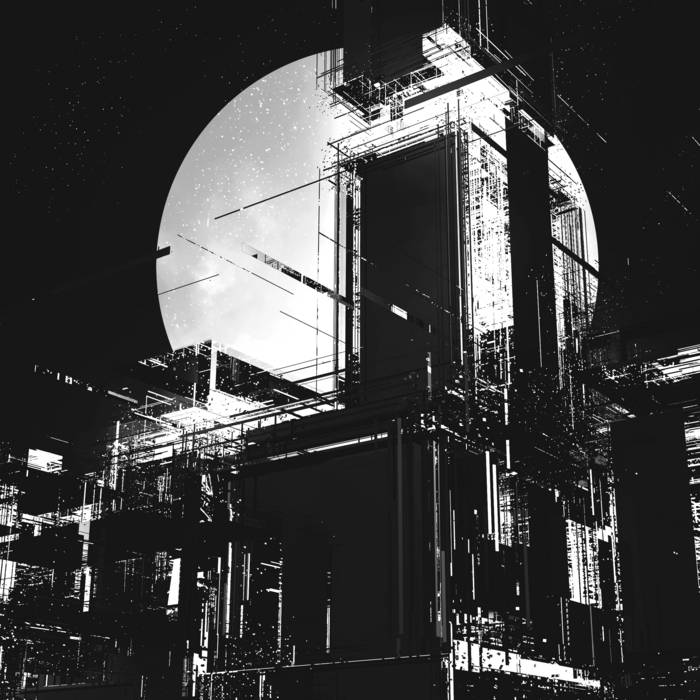Obscurity, in the current year, has become a hot commodity. Gone are the tape-trading days of the pre-internet epoch, where word-of-mouth, label flyers, and the occasional zine were the only connection one had to the shadowy, reclusive underground of the music scene. In its place, for better or for worse, is the ability to expose oneself to most of the music anyone has ever created. If you have an 8-track and an acoustic guitar, the abyss known as Bandcamp will allocate you your own bit of abyss to host your music. During the summer of 2013, I singlehandedly acquainted myself with black metal using nothing but YouTube album streams and Metal Archives. Two years later, equipped with a handful of recommendations and handmade charts, I did the same for shoegaze and neofolk. With the right curiosity, the limiting factor in discovering new music is one's own time.
This ease of access to music has fomented its own issues, which I'm not going to delve into in this post, because that runs the dangerous risk of turning into a rant. But, even as the internet has cast a light into the darkest corners of the underground, there have been recesses of it that have largely resisted the cloying light, remaining hidden and obscure even as the mainstream remained merely a handful of well-placed clicks away. And the tenacity of those corners to remain obscure has made them all the more appealing. Perhaps the crown jewel of those forever-outsiders is dungeon synth.
The name might sound goofy, but the genre has been around for at least twenty years - arguably longer, with some devotees citing Tangerine Dream's soundtrack for 'the Keep', released in 1984, as the first example of what would become dungeon synth. Nevertheless, the genre experienced its aesthetic 'birth' at roughly the same time as black metal roared into existence. Burzum's seminal compositions 'Den Onde Kysten' and 'Han Som Reiste' (off Det Som Engang Var) are considered the founding moments of the genre. Later refinements would come from Austrian band Summoning, Norwegian project Mortiis, and German act Depressive Silence, among others, but I'm getting ahead of myself.
Dungeon synth is characterized by its aesthetic - namely, the monochrome of black metal with a decidedly medieval twist - and instrumentation. The latter features long, droning, minimalist synth lines that channel its fraternal twin black metal's fixation on generating vast soundscapes, oftentimes reminiscent of 90s role-playing games. Arizona's Thangorodrim, a modern project that incorporates elements of dark ambient into its expansive, Tolkien-themed work, have risen to prominence as one of the pre-eminent modern dungeon synth projects in recent years. Last year's Taur-Nu-Fuin, an epic, four-song foray into the sinister depths of Mordor, assisted by yawning, imperceptible vocals, was my first exposure to the project, which, in the absence of any social media presence, dropped its newest album Gil-Estel earlier last month. In true underground fashion, I was only alerted to this release by a poster on a music forum, which I would be lying if I said didn't add to the appeal of unearthing and listening to Gil-Estel.
Gil-Estel picks up where Taur-Nu-Fuin left off - anthemic, sprawling, chilling, sinister dungeon synth lacking in the neoclassical flourishes of other pioneers. Thangorodrim favors long, orchestral pieces that build on themselves to an epic sword 'n sorcery climax that channels the foggy forests and ancient crags of Tolkien's fantastic world, with sensible, slow melodies that are at once haunting and expansive.
Thangorodrim's strength lies in this long-form songwriting, wherein the ideas develop slowly over more than ten minutes. By contrast, Chaucerian Myth's monolithic, nearly four-hour dungeon synth interpretation of Chaucer's Canterbury Tales, which flirts with neoclassical instrumentation to channel the medieval aesthetic of the genre, often falls flat, and transcends the narrow line between endearing and excessive cheese. With a genre as atmospheric as dungeon synth, subtlety is king, and this is where Gil-Estel reigns supreme - the music is patient, pensive, sublimely simple, yet equally nostalgic and epic, melding the minimalism of dark ambient with the emotional and instrumental maximalism of the heavy metal subgenre that spawned its style.
You can stream Gil-Estel here.
Thangorodrim's strength lies in this long-form songwriting, wherein the ideas develop slowly over more than ten minutes. By contrast, Chaucerian Myth's monolithic, nearly four-hour dungeon synth interpretation of Chaucer's Canterbury Tales, which flirts with neoclassical instrumentation to channel the medieval aesthetic of the genre, often falls flat, and transcends the narrow line between endearing and excessive cheese. With a genre as atmospheric as dungeon synth, subtlety is king, and this is where Gil-Estel reigns supreme - the music is patient, pensive, sublimely simple, yet equally nostalgic and epic, melding the minimalism of dark ambient with the emotional and instrumental maximalism of the heavy metal subgenre that spawned its style.
You can stream Gil-Estel here.



